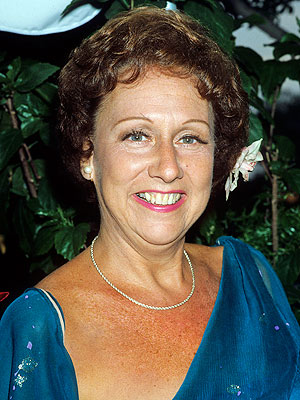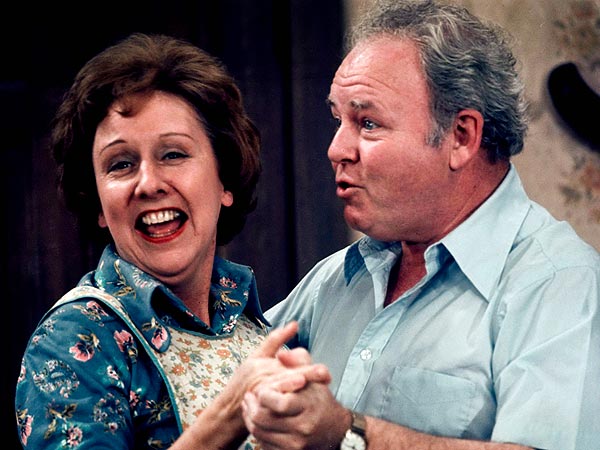The Los Angeles native and swimming champion was coaxed into the movies at MGM, where she starred in a series of popular Technicolor spectaculars in the 1940s and '50s.
The water, Esther Williams once quipped, was her favorite costar.
With her beauty, sunny personality and background as a champion swimmer, Williams shot to stardom in the 1940s in the "aqua musical," an odd sub-genre of films that became an enormous hit with the moviegoing mainstream, fanned popular interest in synchronized swimming and turned Williams into Hollywood's Million Dollar Mermaid.
The MGM bathing beauty, whose underwater extravaganzas made her one of the most popular actresses of the era, an idol in competitive swimming and a fashion force, died in her sleep early Thursday in Beverly Hills, said her publicist, Harlan Boll. She was 91.
The MGM bathing beauty, whose underwater extravaganzas made her one of the most popular actresses of the era, an idol in competitive swimming and a fashion force, died in her sleep early Thursday in Beverly Hills, said her publicist, Harlan Boll. She was 91.
Her movies — including "Bathing Beauty," "Jupiter's Darling" and "Million Dollar Mermaid" — were as light as sea foam, but she stuck with their mix of romance, comedy and underwater spectacle, concluding that she would "rather be a commercial success than an artistic flop."
Her legions of fans didn't seem to mind — for a time she was a top 10 box office draw.
As Los Angeles Times columnist Jim Murray wrote in 1984: "Esther Williams did more for a bathing suit than John Wayne ever did for a cowboy hat, Tom Mix for a horse, Errol Flynn for a sword, Ronald Colman for a pith helmet or Cary Grant for a tuxedo."
MGM's Louis B. Mayer had pursued Williams — a teenage swimming champion — to star in aquatic films as an answer to ice-skating star Sonja Henie, whose films were making money for 20th Century-Fox.
At the time, Williams, a Los Angeles native, was recovering from her disappointment at not having been able to compete in the 1940 Summer Olympics in Finland because of the war in Europe.
She was starring with Johnny Weismuller in Billy Rose's live Aquacade revue in San Francisco but had no experience in acting, singing or dancing. She intended to return to her job as a stock girl at I. Magnin in Los Angeles, hoping to become a buyer for the store.
But Mayer kept calling, and eventually wooed her with promises of stardom. Her screen test with Clark Gable resulted in a contract offer from MGM.
Aware of her shortcomings, Williams showed remarkable aplomb by insisting on a training period to learn about making movies. Meanwhile, MGM had launched a publicity campaign featuring her in various bathing suits, her face ablaze with a smile. She appeared on the cover of half a dozen movie magazines and became a favorite pinup of American soldiers.
Like so many other starlets of that time, Williams was first glimpsed on screen in an Andy Hardy movie — the 1942 "Andy Hardy's Double Life," starring Mickey Rooney. By the time she starred opposite Red Skelton two years later, studio executives had so much faith in her that the film, originally called "Mr. Coed," was released as "Bathing Beauty." It was a smash hit.
By then MGM had built a $250,000 swimming pool for Williams on Sound Stage 30 — 90 feet wide, 90 feet long and 25 feet deep. A "bucket camera" was devised to follow her underwater. The pool was filled with special-effects equipment to create underwater fountains, geysers and fireworks, and there was a central pedestal with a hydraulic lift that could raise Williams 50 feet out of the water.
"Like Venus on the half-shell," she said.
Technicolor was new then, and Williams was resplendent in her shocking pink one-piece bathing suit, swimming gracefully in the pale green water.
Williams first worked with genius choreographer Busby Berkeley in 1949 on "Take Me Out to the Ballgame," one of the rare films in which she doesn't have a water scene. When she saw how Berkeley created dancing scenes for herself, Gene Kelly and Frank Sinatra, she could "foresee my liberation" in swimming films, she once said.
"MGM made money off me, but they never understood the art form," she said years later. "Not until the fifth picture did I even get a choreographer."
Williams and Berkeley made two more films together: "Million Dollar Mermaid" (1952), which was one of her most popular, and "Easy to Love" (1953). The latter featured a finale in which Williams and 80 water-skiers carried big flapping flags while speeding over the water and, at another point, Williams dangled from a trapeze hanging from a helicopter.
Despite the spectacular feats, however, the allure of the aquatic film began to fade.



